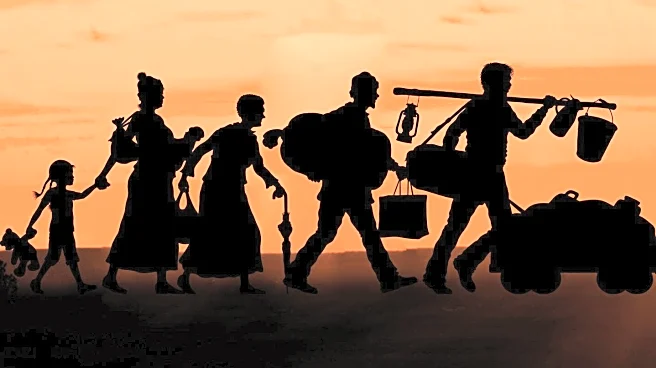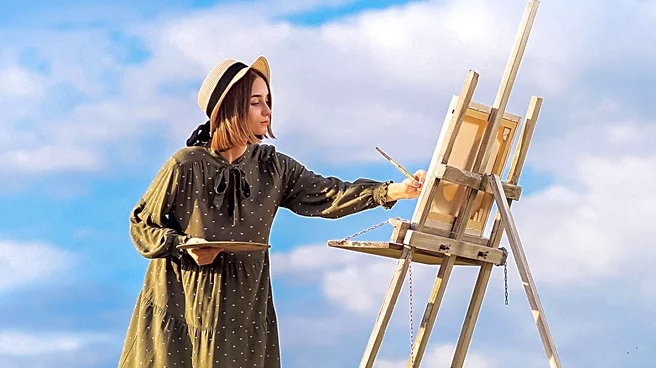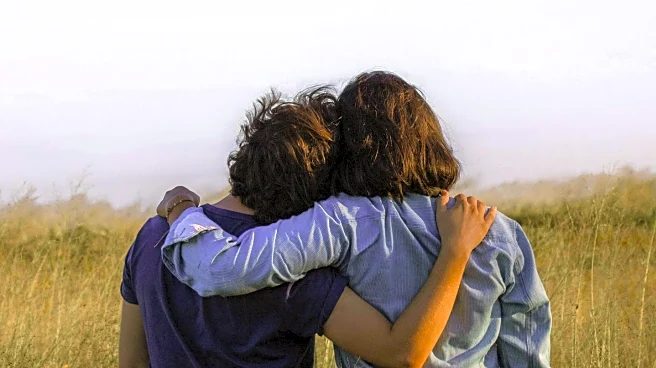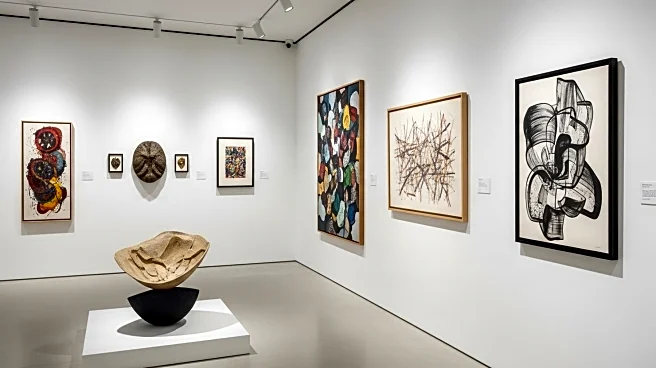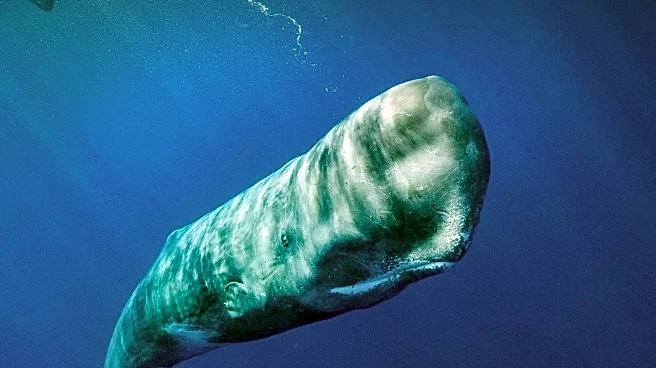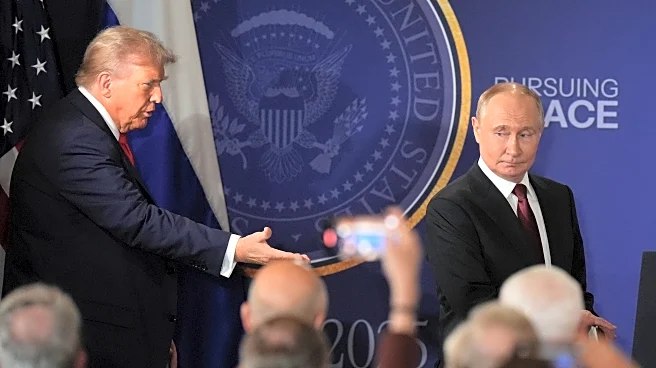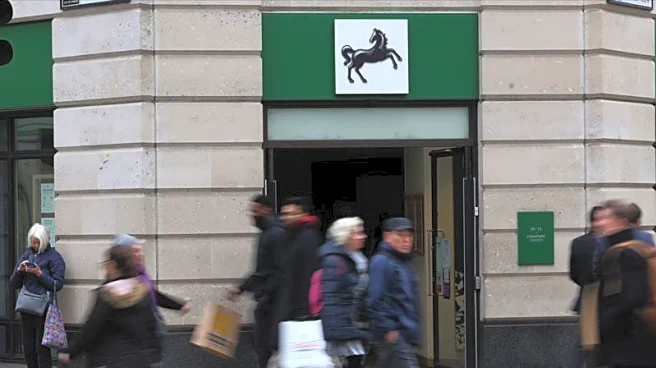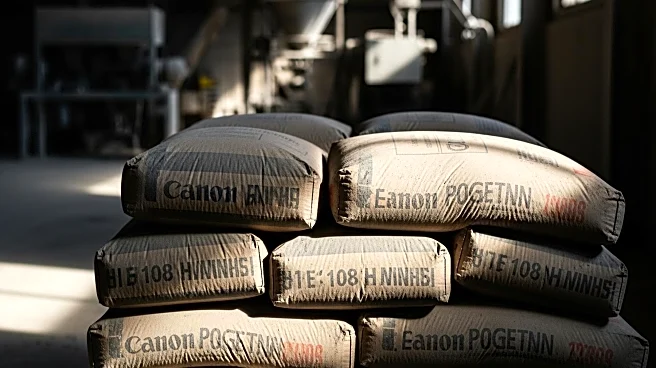What's Happening?
An art exhibition featuring the works of refugees from the Kakuma Refugee Camp in Kenya is being showcased at the Vanner Gallery in Salisbury, Wiltshire. The exhibition, part of the Kakuma Art Project, highlights the 'extraordinary' stories of refugees through their artwork. The project was inspired by a painting by Tara Dominick, a fine artist from Devon, which depicted refugees on a boat. This initiative provides artists at the camp with education, visibility, and opportunities through workshops. The Kakuma camp houses approximately 300,000 refugees from various African countries who have fled famine, persecution, and conflict. The exhibition aims to give these artists a platform to express their experiences and to foster healing through art.
Why It's Important?
The exhibition is significant as it provides a platform for refugees to share their personal narratives and experiences through art, offering them a sense of visibility and empowerment. It also raises awareness about the conditions and challenges faced by refugees, fostering empathy and understanding among the public. By showcasing their work in the UK, the project not only highlights the talents of these artists but also bridges cultural gaps and promotes dialogue on global refugee issues. The initiative supports the artists in gaining confidence and recognition, which can be transformative for their personal and professional development.
What's Next?
The exhibition, titled 'The Power of One Painting,' will continue to be open to the public, allowing more people to engage with the stories and experiences of the refugees. The success of this exhibition could lead to further opportunities for the artists involved, potentially opening doors for more international collaborations and exhibitions. Additionally, the project may inspire similar initiatives in other regions, further amplifying the voices of refugees and promoting their integration into global art communities.
Beyond the Headlines
The Kakuma Art Project not only serves as a creative outlet for refugees but also challenges the often negative stereotypes associated with refugee populations. By focusing on their artistic talents and personal stories, the project humanizes the refugee experience and highlights the resilience and creativity of individuals who have faced significant adversity. This approach can contribute to changing public perceptions and policies regarding refugees, emphasizing their potential contributions to society.
